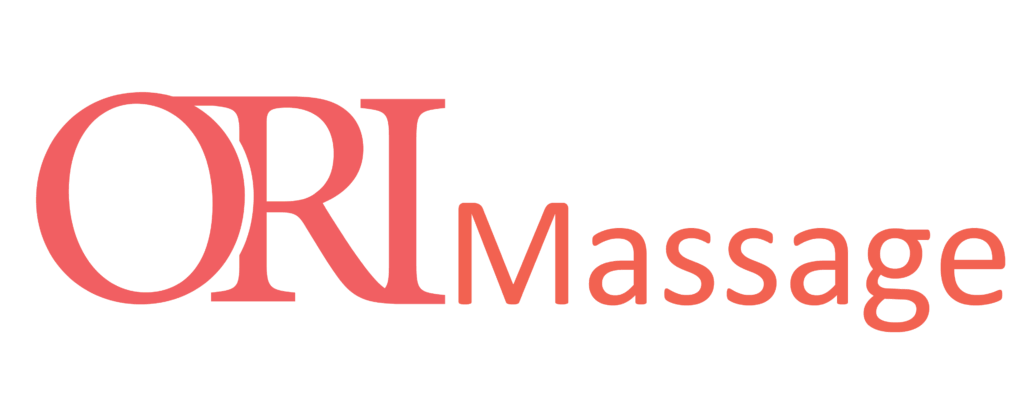Choosing massage services in Australia can be an overwhelming experience, especially with the variety of options available across cities and regional areas. Whether you’re seeking relief from muscle tension, relaxation, or therapeutic treatment, understanding how to select the right service is essential for a satisfying experience. This comprehensive guide aims to walk you through every step of choosing massage services in Australia, from understanding different types of massages to verifying therapist credentials and asking the right questions before booking.
Essential Tips for Choosing Massage Services in Australia

Selecting a massage service involves more than just picking the nearest clinic or the one with the lowest prices. It requires careful consideration of several factors to ensure your safety, comfort, and the effectiveness of the treatment. With health standards and regulations varying across regions, being informed empowers you to make better choices and avoid potential pitfalls.
When choosing massage services in Australia, it’s crucial to prioritize professionalism, hygiene, qualifications, and personalized care. An ideal massage provider should align with your specific needs—whether it’s stress relief, injury recovery, or general wellness. Additionally, awareness of local regulations and industry standards helps you distinguish reputable establishments from less reliable options.
This section covers foundational tips that serve as the backbone of an informed selection process, helping you avoid common mistakes and enhancing your overall experience.
Read more: Top 10 Massage Places in Brisbane: Discover the Best Relaxation Spots
Do Your Research Before Booking
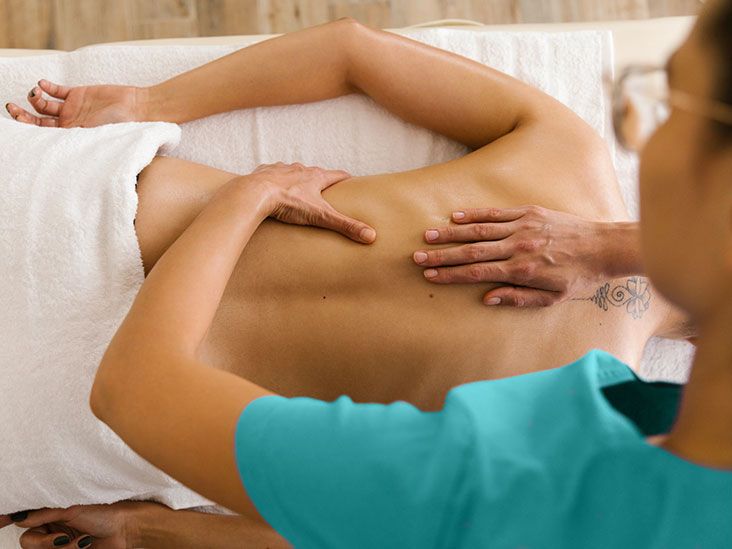
Before committing to any massage service, research is key. The first step is to explore online reviews, testimonials, and ratings on platforms like Google, Facebook, TripAdvisor, or specialized wellness directories such as SpaFinder Australia.
Look for consistent positive feedback about the quality of service, cleanliness, professionalism, and staff friendliness. Negative reviews often highlight recurring issues like poor hygiene, unqualified therapists, or unprofessional conduct, which should raise red flags.
Furthermore, seek out information about the business’s history, years of operation, and specialization areas. Reputable clinics often have detailed websites with transparent information regarding their services, therapist qualifications, pricing, and policies. Don’t hesitate to contact the clinic directly if you have specific questions, and assess their responsiveness and professionalism during communication.
Verify Licenses, Certifications, and Industry Standards

Australia has strict regulations governing massage therapy practices, and ensuring your chosen provider complies with these standards is essential. Licensed therapists are a hallmark of professional and safe massage services.
Check whether the clinic displays certifications from recognized industry bodies such as the Australian Traditional Medicine Society (ATMS), Massage Myotherapy Australia, or other relevant associations. These affiliations indicate that therapists adhere to strict ethical and professional guidelines.
In addition, verify individual therapist qualifications—such as diplomas or certificates from accredited schools—and ongoing training. Certified therapists keep up with current techniques and health protocols, ensuring safer and more effective treatments. Remember, license numbers and certification details should be readily available upon request.
Consider Location, Accessibility, and Environment
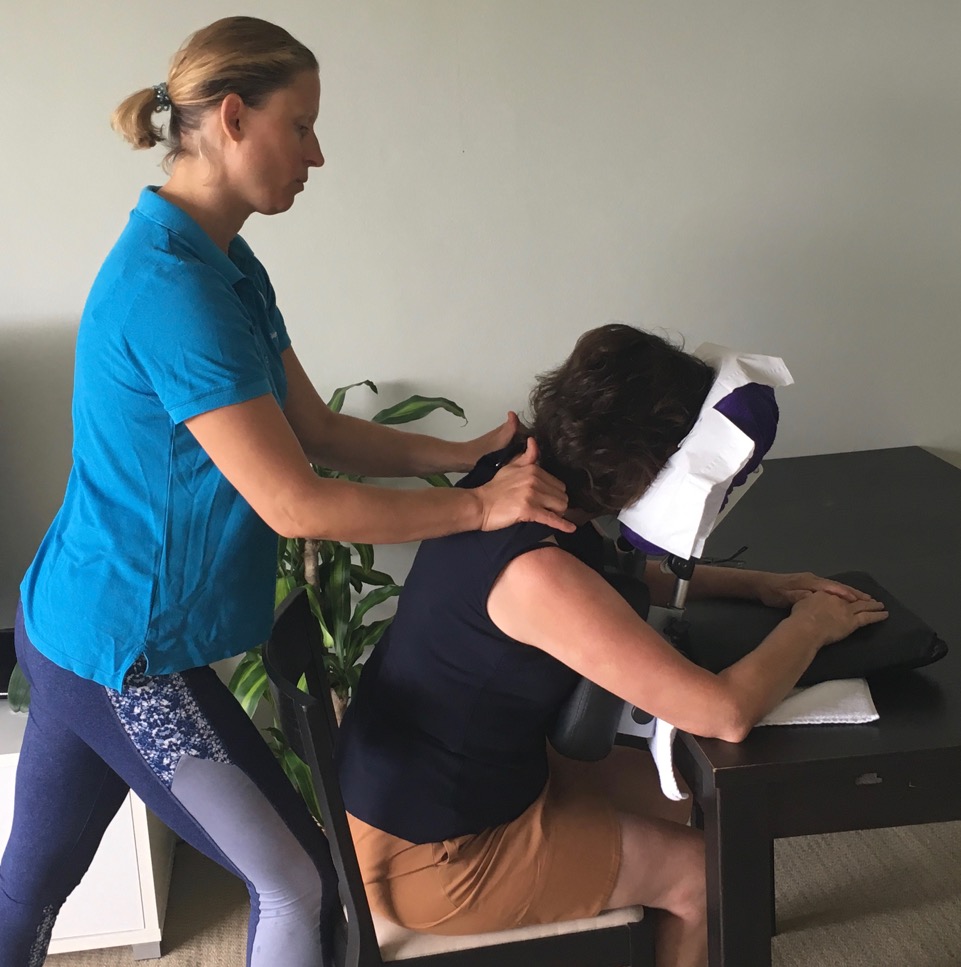
While much emphasis is placed on the therapist’s skills and reputation, the location and ambiance of the massage center significantly influence your overall experience. Choose a venue that is conveniently located, especially if you plan regular treatments.
Evaluate accessibility features, parking availability, public transportation options, and operating hours that suit your schedule. For instance, some clinics cater specifically to busy professionals or tourists, offering extended hours or online booking systems.
The environment itself should promote relaxation—clean, quiet, and comfortable spaces with soothing decor, appropriate lighting, and calming music. The cleanliness of treatment rooms and equipment reflects the establishment’s professionalism and commitment to hygiene, which is non-negotiable.
Personal Needs and Specific Preferences

Everyone’s body responds differently to various massage techniques, and personal preferences play a significant role in choosing the right service. Clarify what you want from the massage—is it relaxation, pain relief, sports recovery, or medical therapy?
If you have specific conditions, such as chronic back pain or allergies, inform the therapist beforehand. Some clinics specialize in niche areas like remedial massage, sports massage, or relaxation massage, so selecting a provider that matches your needs enhances the benefits.
Additionally, consider preferences regarding gender of the therapist, language spoken, or specific treatment methods. Personal comfort and trust are vital for a fruitful massage experience, so don’t hesitate to communicate these preferences upfront.
Read more: Top Tips for Finding a Massage Near Me
A Guide to Different Types of Massage Services Available in Australia

Australia boasts a diverse array of massage therapies catering to varied health needs and personal preferences. From traditional practices rooted in ancient cultures to modern therapeutic techniques, understanding the differences helps you select the optimal service for your goals.
Many clinics offer tailored packages combining multiple modalities, while specialized centers focus exclusively on certain types of massage. Exploring the broad spectrum available ensures you’re well-informed about what each type offers and how it can benefit your body and mind.
This section introduces the most popular and effective massage techniques accessible in Australia, detailing their unique features, benefits, and suitability.
Relaxation and Swedish Massage
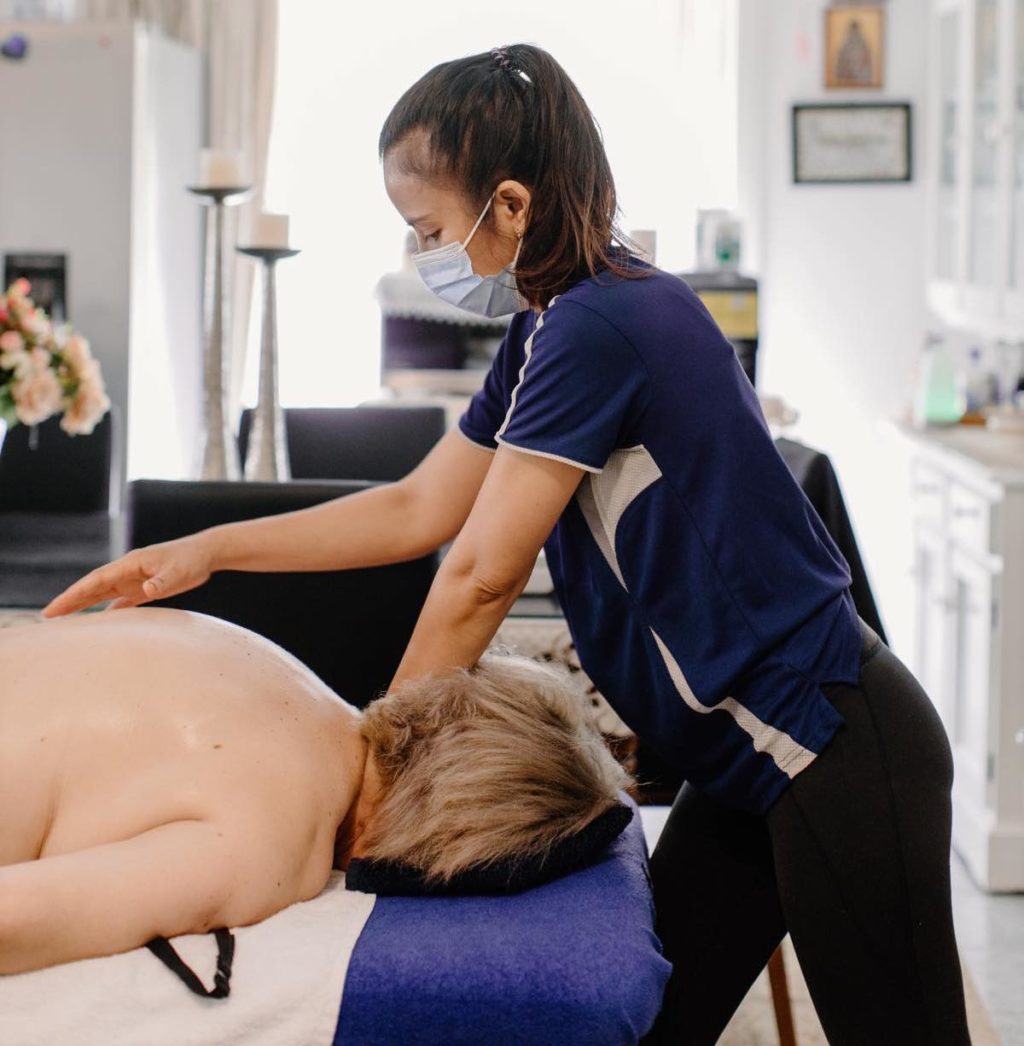
The most widely recognized form of massage worldwide, Swedish massage emphasizes gentle, rhythmic strokes designed to relax muscles, improve circulation, and reduce stress. It’s ideal for individuals new to massage or those seeking pure relaxation without intense manipulation.
Features and Techniques:
Swedish massage employs long gliding strokes, kneading, tapping, friction, and passive joint movements. The pressure can be light to moderate, focusing on easing tension and promoting overall well-being. It often includes aromatherapy oils to enhance relaxation.
Benefits:
- Stress reduction and mental clarity
- Improved blood and lymph circulation
- Muscle relaxation and flexibility
- Better sleep quality
Ideal Candidates:
People dealing with everyday stress, mild muscular discomfort, or those seeking a soothing experience prefer Swedish massage. It’s also suitable for pregnant women and seniors due to its gentle nature.
Deep Tissue Massage

Deep tissue massage targets the deeper layers of muscles and connective tissues, making it highly effective for chronic pain, muscle adhesions, or injuries. It requires a skilled therapist capable of applying firm, deliberate pressure without causing undue discomfort.
Features and Techniques:
Using slow strokes and deep finger pressure, elbows, or knuckles, this technique breaks down knots and scar tissue. Therapists often focus on specific problem areas identified during consultation.
Benefits:
- Relief from persistent muscle pain and stiffness
- Breaking down scar tissue and adhesions
- Enhancing mobility and posture correction
- Accelerating recovery from injuries
Considerations:
Deep tissue massage can be temporarily uncomfortable; communication with your therapist about pain levels is vital. Post-session soreness is common but usually subsides within a day or two.
Remedial and Sports Massage
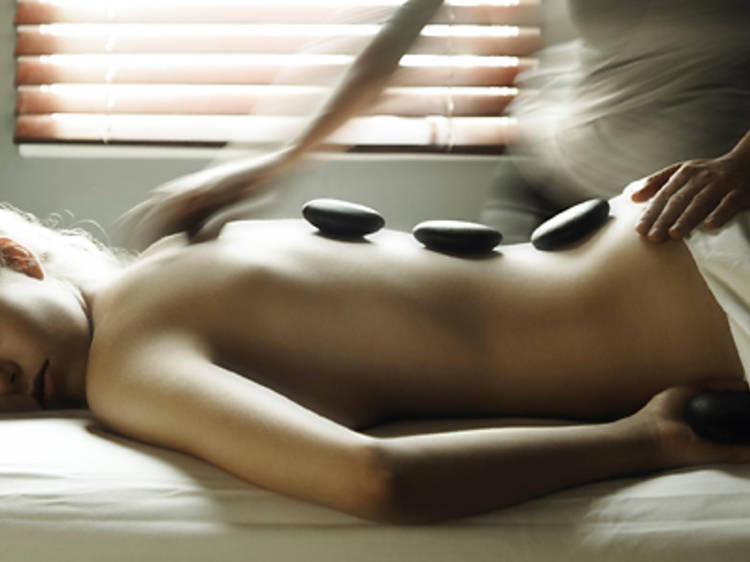
Designed specifically to treat musculoskeletal injuries, remedial and sports massage focus on healing, rehabilitation, and improving athletic performance. They combine various techniques tailored to the athlete’s or patient’s specific needs.
Features and Techniques:
Therapists use trigger point therapy, myofascial release, stretching, and joint mobilizations to address pain points and restore function. Regular sessions can prevent injuries and increase flexibility.
Benefits:
- Injury prevention and management
- Faster recovery from strains, sprains, or overuse
- Enhanced performance and endurance
- Reduced inflammation and swelling
Suitable For:
Athletes, active individuals, or those recovering from physical trauma will find these services especially beneficial.
Aromatherapy and Integrative Massages

Combining massage with essential oils and holistic practices, aromatherapy massage enhances emotional and spiritual well-being alongside physical benefits. It’s often used for stress relief, anxiety reduction, and restoring balance.
Features and Techniques:
The use of plant-based essential oils tailored to your needs complements massage strokes, stimulating senses and promoting relaxation. Some practitioners incorporate reflexology, acupressure, or meditation into these sessions.
Benefits:
- Emotional release and mental clarity
- Balancing energy flows
- Improving mood and reducing anxiety
- Supporting immune system function
Ideal For:
Individuals seeking a holistic approach to wellness or those wanting to address emotional health alongside physical ailments.
Traditional Chinese and Indian Massages
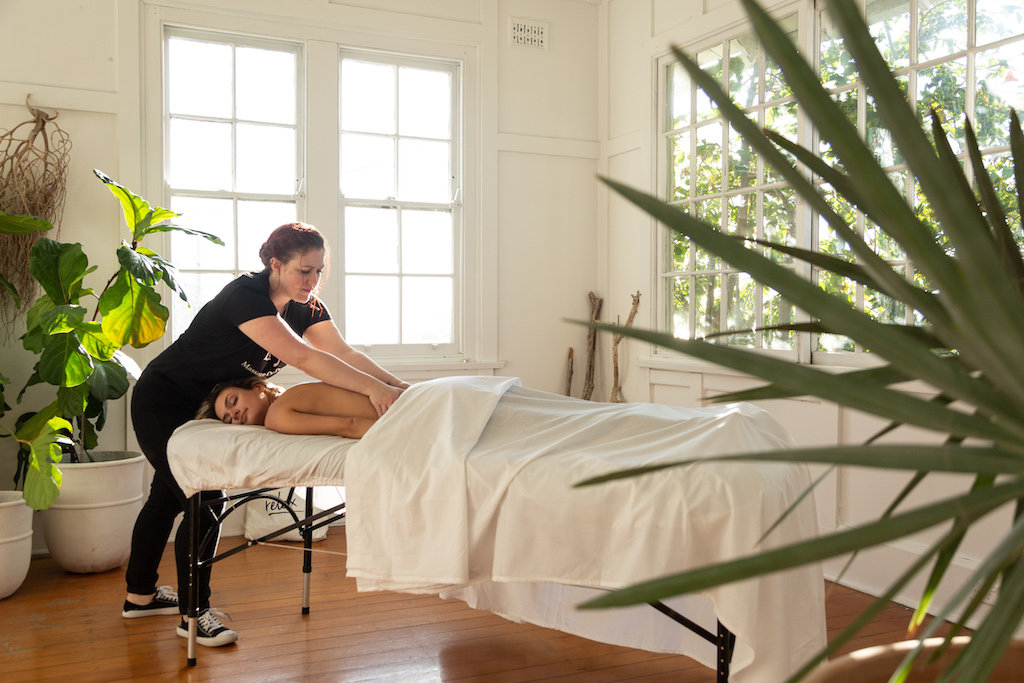
Ancient practices like Tui Na (Chinese massage) and Ayurvedic massage from India utilize pressure points, herbal oils, and energy principles to promote health.
Features and Techniques:
These massages often involve acupressure, herbal compresses, and balancing techniques aimed at restoring harmony within the body’s energy systems.
Benefits:
- Boosting vitality and immune response
- Alleviating chronic conditions
- Enhancing spiritual and physical balance
Who Should Consider Them:
Those interested in integrating traditional medicine philosophies into their wellness routine may find these therapies particularly enriching.
Read more: Understanding Types of Massage: Which One Suits You Best?
How to Find the Best Massage Therapists in Australia

The quality of your massage experience hinges largely on the skill and professionalism of your therapist. Finding the best massage therapists requires strategic searching beyond basic directories, emphasizing credentials, experience, and client rapport.
In a country as vast as Australia, regional differences and local industry standards mean that thorough vetting is necessary to ensure safety and satisfaction. This section explores practical steps to identify top-tier massage therapists who meet high professional standards.
Use Reputable Sources and Industry Directories
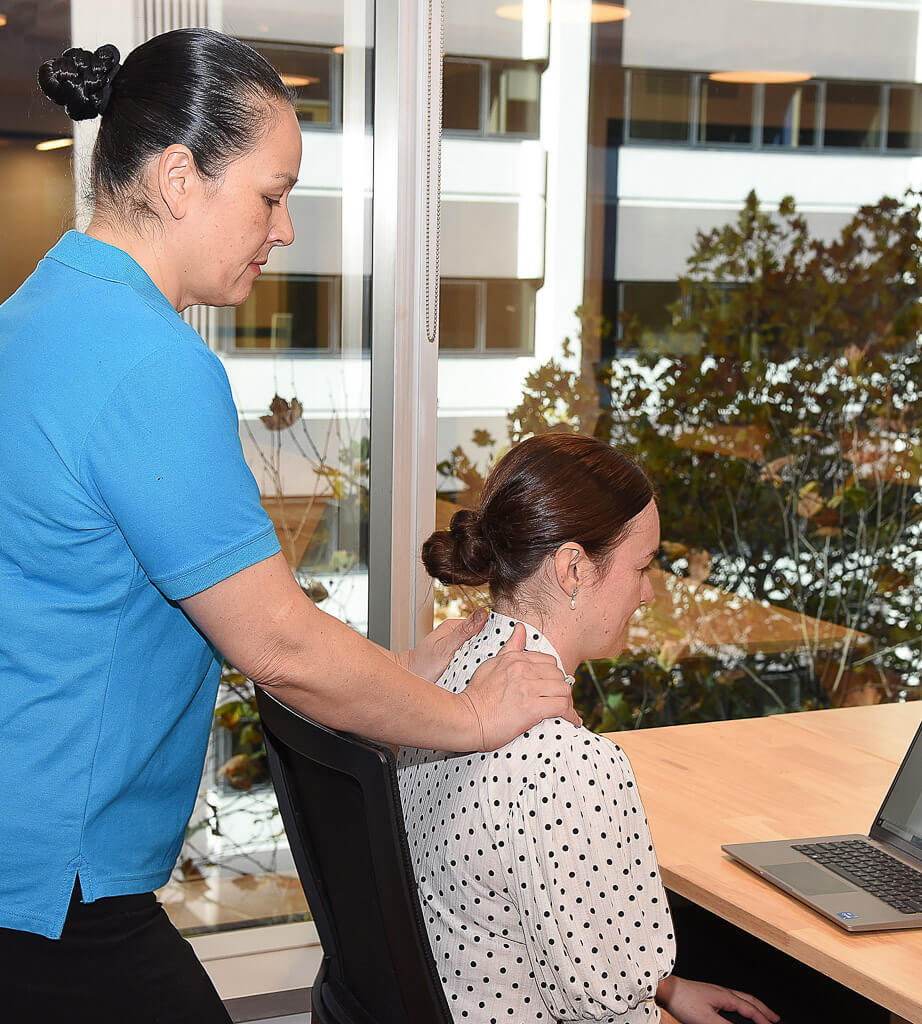
Start your search with trusted online platforms that curate listings based on verified credentials and customer reviews. Websites like SpaFinder Australia, Mindbody, or Local Business directories enable filtering by location, specialty, and ratings.
Professional associations, such as Massage Myotherapy Australia and the Australian Traditional Medicine Society, maintain directories of registered members. These resources help you identify qualified, licensed practitioners committed to ongoing professional development.
Check Therapist Qualifications and Experience

Once you’ve shortlisted potential therapists or clinics, review their qualifications carefully. Look for diplomas or degrees from accredited institutions, ongoing training in current techniques, and specializations aligned with your needs.
Experience counts—therapists with several years in practice tend to have honed their skills and developed refined intuition. A seasoned therapist can adapt techniques effectively, provide tailored treatment plans, and respond adeptly to your feedback.
Don’t hesitate to ask about their experience with specific conditions, such as chronic pain, sports injuries, or pregnancy-related massage. Personal rapport and confidence in their expertise contribute significantly to your comfort and outcomes.
Seek Recommendations and Personal Referrals
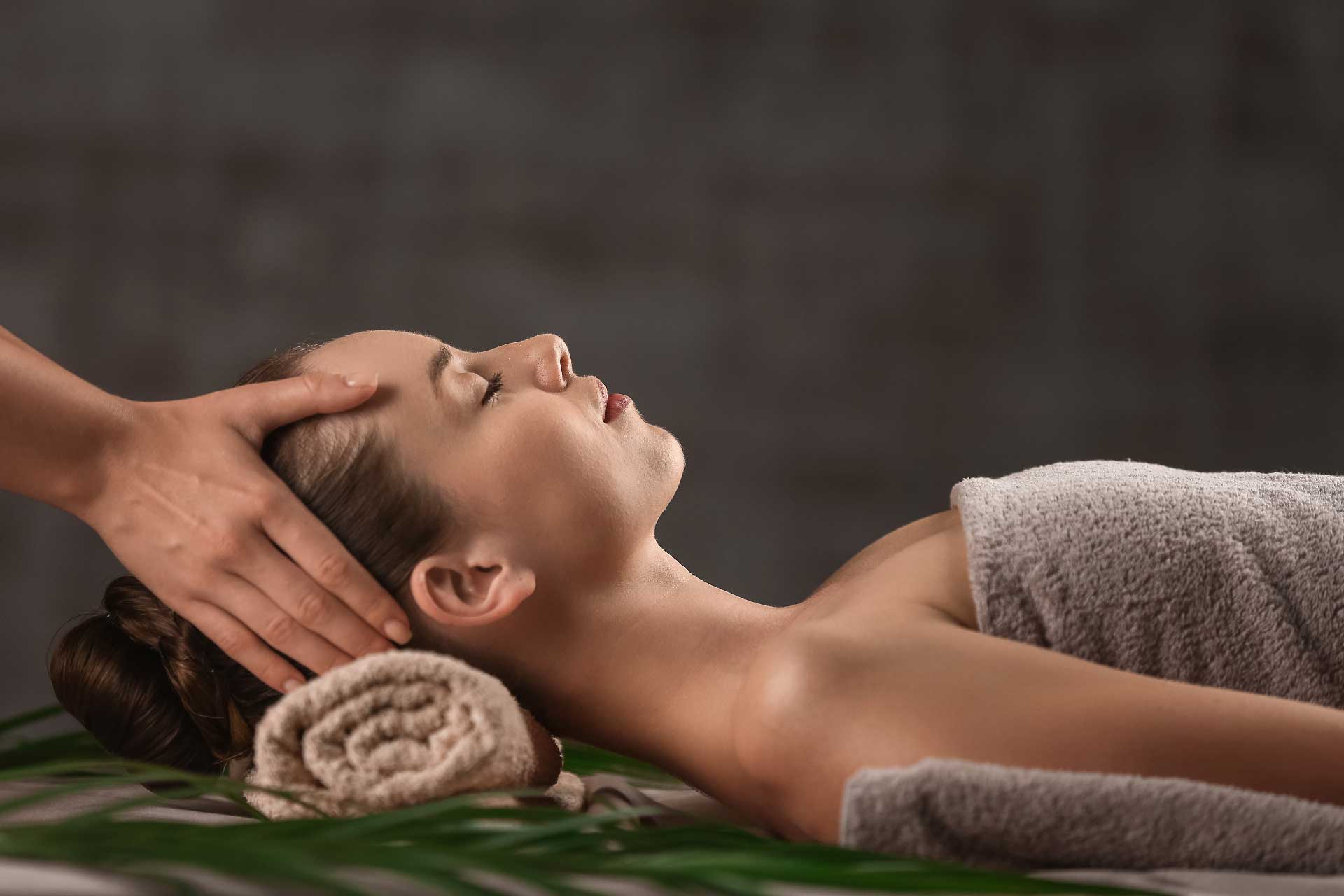
Word-of-mouth recommendations are invaluable. Consult friends, family, or colleagues who have had positive experiences with massage therapists in Australia. Personal stories often reveal insights about the therapist’s attitude, professionalism, and results.
Social media groups, local wellness communities, and online forums dedicated to health and well-being can also be good sources of honest feedback. Engaging with these communities helps you gather diverse perspectives and make informed decisions.
Visit the Clinic or Practice First

Before booking a full session, consider visiting the clinic or practice. Observe the cleanliness, ambiance, and professionalism of staff. A welcoming environment, clear policies, and proper hygiene practices are indicators of quality.
During your visit or initial consultation, assess how comfortably you relate to the therapist. Clear communication, willingness to answer your questions, and respect for your preferences suggest a trustworthy practitioner.
The Importance of Qualifications and Certifications of Massage Services in Australia
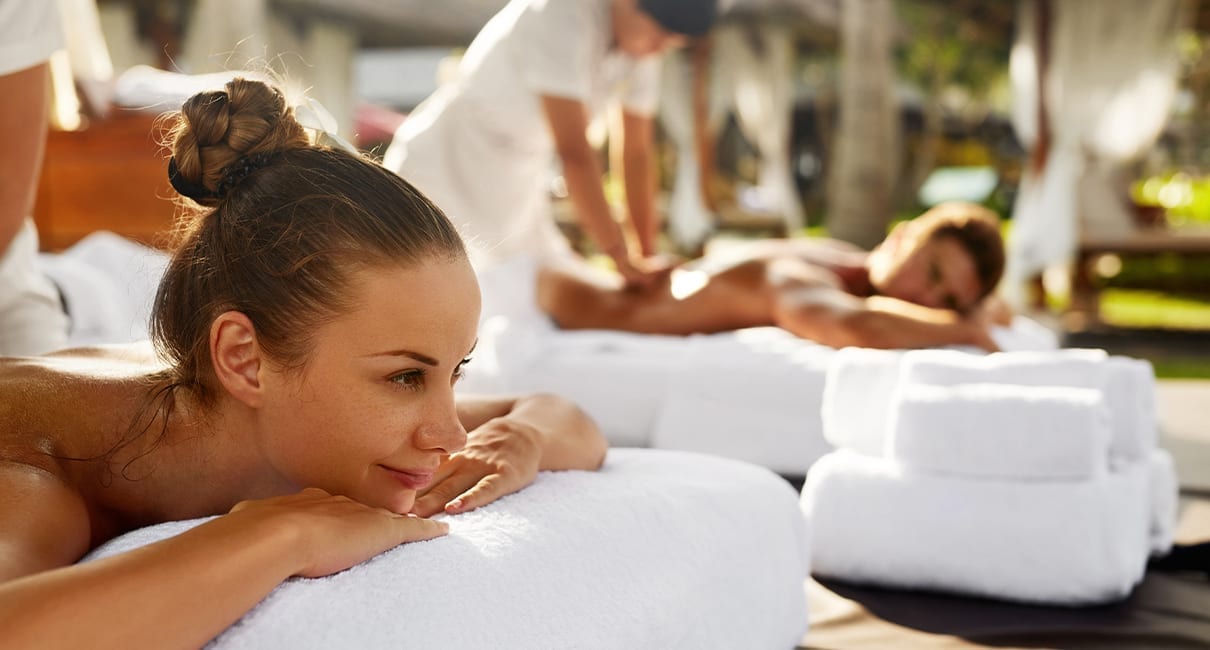
In Australia, the regulation and registration of massage therapists are taken seriously, reflecting the importance of safety and professionalism in the industry. Verifying qualifications and certifications is not merely a formality but a fundamental step toward ensuring you receive competent, safe, and effective treatments.
Different states may have varying licensing requirements, but generally, practitioners must meet specific educational standards and adhere to ethical codes. Recognizing this landscape helps you distinguish qualified therapists from unregulated providers.
This section discusses why qualifications matter, the types of certifications to look for, and how they influence your overall massage experience.
Why Qualifications Are Critical for Safety and Effectiveness
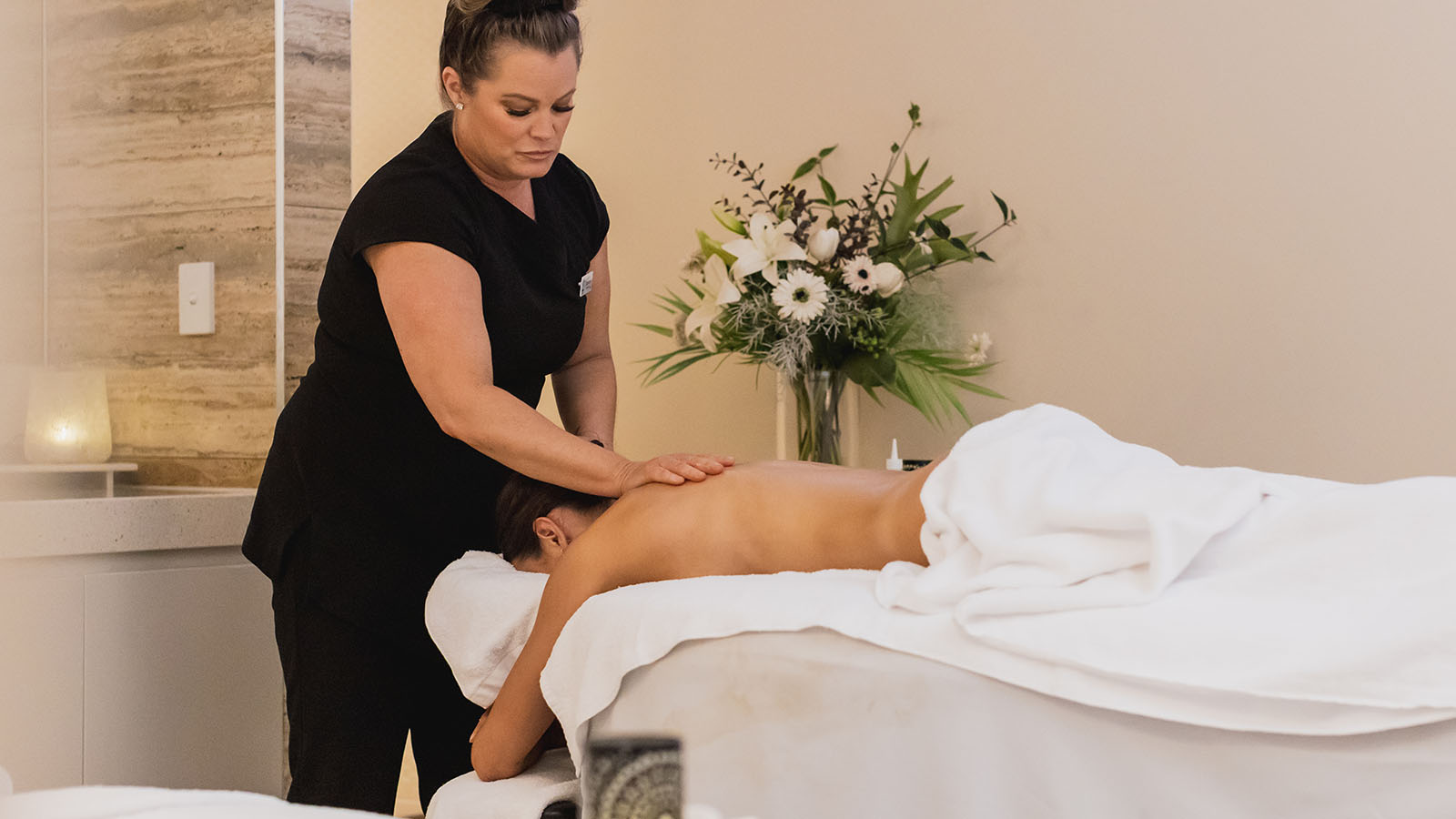
Massage therapy involves manipulating the body’s muscles, tissues, and energy points, which can pose risks if performed improperly. Qualified therapists have undergone rigorous training, including anatomy, physiology, pathology, and hands-on practice, equipping them to perform techniques safely.
Proper training ensures that therapists recognize contraindications—conditions where massage could be harmful—and modify treatments accordingly. It also reduces the risk of injury, aggravation of existing conditions, or infections resulting from unsanitary practices.
Beyond safety, qualifications correlate with competence. Well-trained therapists understand nuanced techniques, can tailor treatments to individual needs, and provide professional advice on post-massage care.
Recognized Certifications and Their Significance
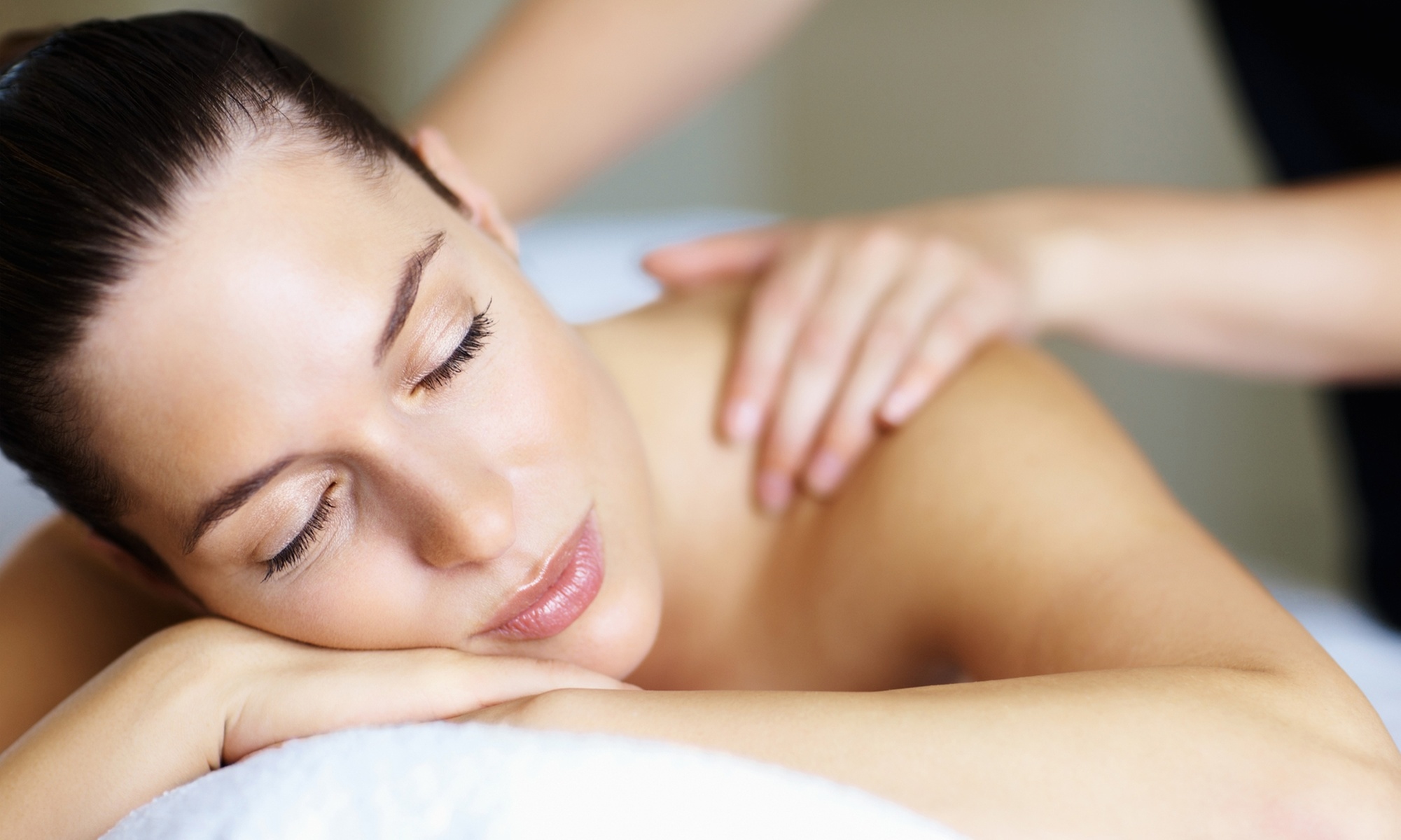
In Australia, common certifications include diplomas in Remedial Massage, Diploma of Massage Therapy, or equivalent qualifications from accredited colleges. These programs typically span 1-2 years and cover core competencies required by industry standards.
Memberships with professional bodies like Massage Myotherapy Australia further demonstrate commitment to ongoing education, adherence to a code of ethics, and participation in peer assessments. Such associations often require members to undertake continuous professional development, keeping practitioners updated with latest techniques and safety protocols.
Certifications in specialized fields, like sports massage, lymphatic drainage, or pregnancy massage, indicate additional expertise, benefiting clients with specific health concerns.
How to Verify a Therapist’s Credentials
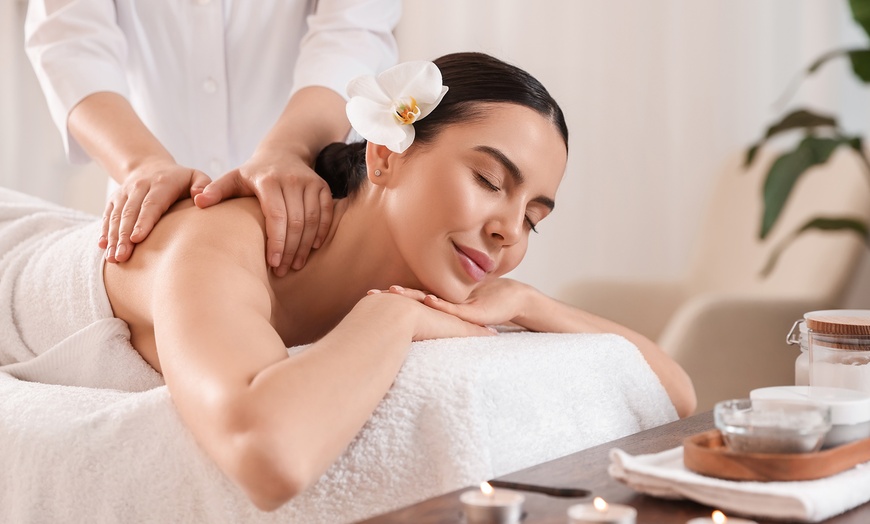
Always request proof of qualifications when booking a massage. Genuine certificates should include the therapist’s name, qualification details, issuing organization, and dates of completion. Cross-check these details with the issuing bodies’ official websites if necessary.
Online profiles and clinic websites often display practitioners’ credentials prominently. If not, inquire directly through email or phone. Be wary of unverified claims or lack of documentation, as they could signify unqualified practitioners.
Ensure that your therapist holds a valid license or registration relevant to your state or territory. In jurisdictions with registration requirements, practicing without proper licensure can lead to legal issues and compromise your safety.
Questions to Ask Before Booking Massage Services in Australia
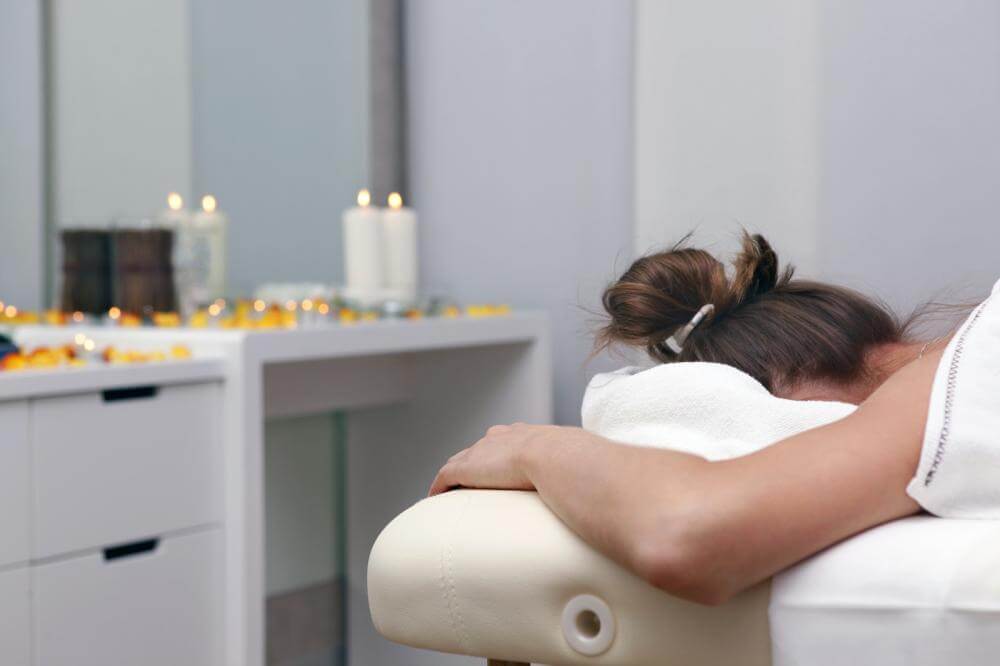
Being proactive by asking pertinent questions ensures your expectations are met and your health is protected. It also demonstrates your engagement and helps establish a collaborative relationship with your therapist.
Having a prepared list of questions and topics to discuss can clarify uncertainties, uncover essential policies, and boost your confidence in the chosen service provider.
This section highlights critical questions to pose before booking, along with explanations about why they matter and how they influence your overall experience.
What Are the Therapist’s Qualifications and Specializations?
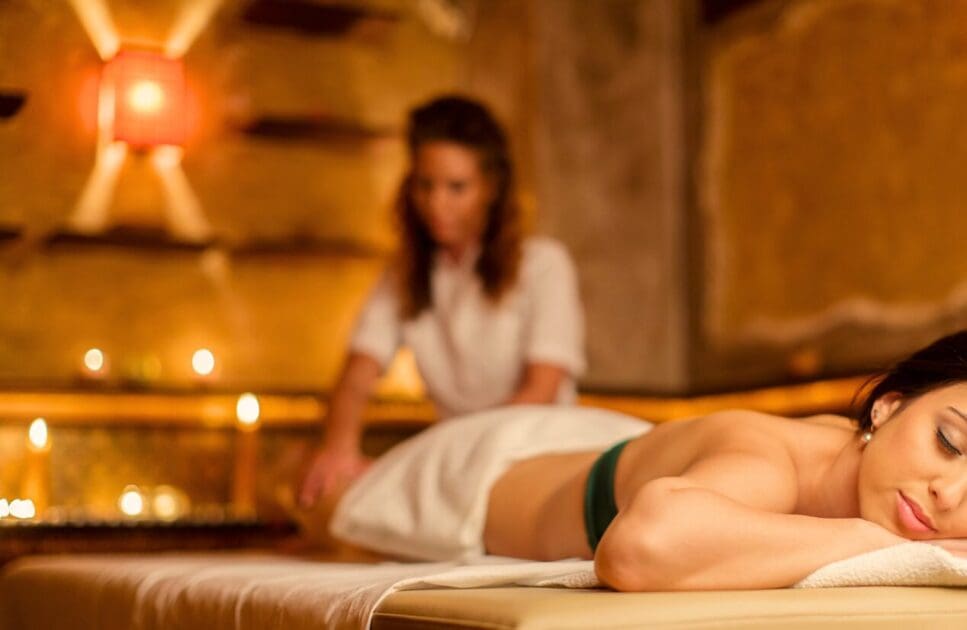
Start by confirming the practitioner’s credentials, experience, and areas of specialization related to your needs.
Ask for details about their training, certifications, and memberships with professional organizations. If you have specific conditions—like sports injuries or pregnancy—ensure they have relevant expertise.
A qualified therapist will gladly share their background and explain how their skills match your wellness goals. This transparency indicates professionalism and helps you decide whether to proceed.
What Are the Clinic’s Policies on Hygiene and Safety?
Hygiene standards are critical in preventing infections and ensuring a safe environment. Inquire about cleaning procedures, disposable accessories, linen sanitation, and the use of sterilized equipment.
Ask about their COVID-19 protocols, including sanitization routines, mask policies, and social distancing measures. Transparency about these practices assures you of their commitment to client safety, particularly given ongoing health concerns.
What Are the Costs and Cancellation Policies?
Clarify the pricing structure—are there fixed rates, package deals, or discounts for regular clients? Confirm whether the quoted prices include GST or other taxes.
Understand their cancellation or rescheduling policies—what notice period is required, and are there fees involved? Knowing these details upfront can prevent misunderstandings or unexpected charges.
Are There Any Contraindications or Conditions That May Affect Treatment?
Discuss any medical conditions, injuries, allergies, or medications you are taking. Some health issues might contraindicate certain massage techniques, or require modifications.
A responsible therapist will evaluate these factors and advise whether massage is suitable or recommend alternative therapies. This proactive conversation safeguards your health and ensures effective treatment.
Conclusion

Choosing massage services in Australia involves thoughtful research, understanding the range of available therapies, verifying qualifications, and asking the right questions. Prioritizing professionalism, hygiene, and personalized care guarantees a safe, effective, and relaxing experience tailored to your unique needs. By considering factors such as location, credentials, specialization, and your personal preferences, you can confidently select a massage provider that enhances your well-being and supports your health journey. Remember, a well-informed choice leads to richer benefits and a more satisfying massage experience—so take your time, ask questions, and enjoy the restorative power of quality massage services in Australia.
